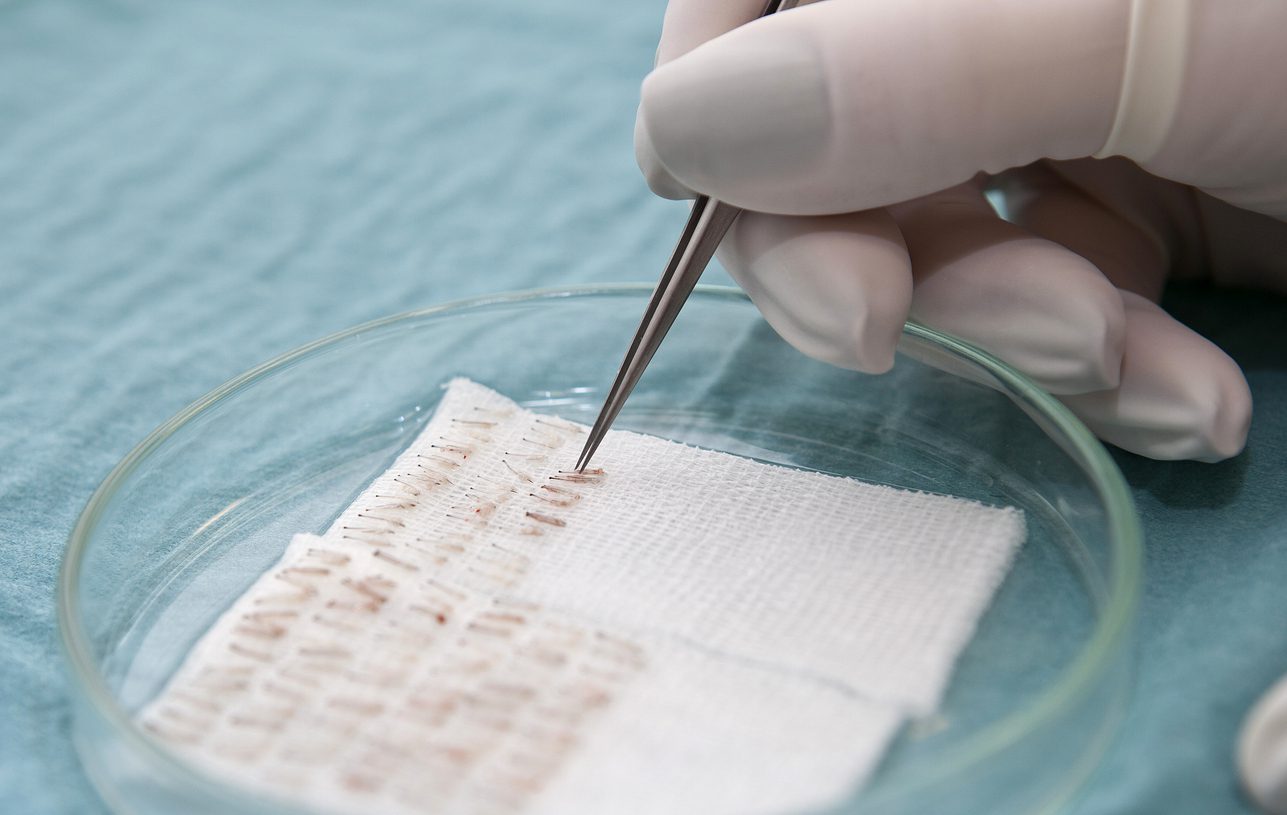If you’re considering undergoing a hair transplant, it’s essential to understand the step-by-step process involved in a clinic. This article will guide you through the typical hair transplantation process, providing you with valuable insights into what to expect during your journey to regaining a fuller head of hair.
Initial Consultation: The first step in the hair transplantation process is an initial consultation with a qualified surgeon at the clinic. During this consultation, the surgeon will evaluate your hair loss condition, examine the donor area (usually the back or sides of the head), and assess the hair density and quality. They will also discuss your expectations, medical history, and any underlying conditions that may impact the procedure’s success. The surgeon will use this information to create a personalized treatment plan tailored to your specific needs.
Preoperative Preparations: Before the actual hair transplantation procedure, there are certain preoperative preparations that need to be followed. The clinic will provide you with instructions on how to prepare for the surgery. This may include avoiding certain medications, alcohol, and smoking in the days leading up to the procedure. Additionally, you may be advised to wash your hair thoroughly on the day of the surgery to maintain optimal hygiene.
Anesthesia: On the day of the procedure, you will be administered local anesthesia to ensure that you remain comfortable and pain-free during the surgery. The anesthesia will numb the donor and recipient areas where the hair follicles will be extracted and implanted, respectively. It’s important to note that hair transplantation is generally performed on an outpatient basis, meaning you can go home the same day.
Donor Hair Extraction: The next step involves the extraction of hair follicles from the donor area. The surgeon will use a specialized technique, such as Follicular Unit Extraction (FUE) or Follicular Unit Transplantation (FUT), to harvest the hair follicles. In FUE, individual follicular units are extracted using a micro-punch tool, while FUT involves removing a strip of tissue containing hair follicles. The choice of hair transplant technique depends on various factors, including the extent of hair loss and the patient’s preferences.
Graft Preparation: Once the hair follicles are extracted, the surgical team will carefully separate and prepare them for transplantation. This involves trimming any excess tissue and sorting the grafts based on their size and quality. The prepared grafts are then kept in a sterile solution until they are ready to be implanted.
Recipient Site Creation: In this step, the surgeon will create tiny incisions or recipient sites in the areas where the hair will be transplanted. The size and angle of the incisions are crucial as they determine the naturalness and direction of hair growth. The surgeon’s expertise plays a vital role in ensuring that the recipient sites are strategically placed for optimal aesthetic results.
Graft Implantation: Once the recipient sites are prepared, the surgeon will carefully implant the grafts into them. This process requires precision and artistry to ensure that the transplanted hair blends seamlessly with the existing hairline and surrounding hair. The hair transplant doctor will strategically place the grafts to achieve a natural distribution and density, taking into account factors such as hairline design and the angle of hair growth.
Postoperative Care and Recovery: After the hair transplantation procedure, the clinic will provide you with detailed postoperative care instructions. It’s crucial to follow these instructions diligently to promote proper healing and ensure the best possible results. You may be prescribed medications to manage pain, reduce swelling, and prevent infection. It’s common to experience some redness, swelling, and mild discomfort in the days following the surgery, but these usually subside within a week or two.
Follow-up Appointments: To monitor your progress and ensure a smooth recovery, the clinic will schedule follow-up appointments. During these appointments, the surgeon will examine the transplanted area, answer any questions or concerns you may have, and provide additional guidance on postoperative care. These appointments are an important part of the hair transplantation process and should not be overlooked.
Undergoing a hair transplantation procedure at a clinic involves several important steps. From the initial consultation to the follow-up appointments, each stage requires careful attention and expertise. By understanding the step-by-step process, you can approach your hair transplantation journey with confidence, knowing what to expect and how to ensure the best possible results. Remember to choose a reputable clinic with experienced surgeons to maximize the chances of a successful and satisfying outcome.





